On Friday, May 29, we explored Kīholoʻs coastal kīpuka tended for feeding and function. Waiakaʻeu is one of Hui Aloha Kīholo’s restoration sites fenced off from invasive goats. The goal is to remove invasive plants and propagate native plants to be used as a seed bank, for education, and cultural practitioners. Our co-hosts were Ku`ulei Keakealani, Hui’s Cultural Director, and Hoa ʻĀina (friends of the land), Leighton Hind and Analu Hanano.
The entire Aloha Friday Live event from May 29th was recorded to share with you. To view the video, featuring Ku`ulei Keakealani, Leighton Hind and Analu Hanano, please click above and register first with your name and email.
In 2018, Leighton Hind, a Hoa ʻĀina and descendant of Kīholo’s ranchers and fishers, gifted the name Waiakaʻeu to one of Hui Aloha Kīholo’s restoration sites. This site was tangle of green amidst a dense kiawe forest. Intermixed with weedy grasses and shrubs grew native plants rarely seen in the area, such as makaloa, niu, pohuehue, and ilima, all fed by a wai ʻōpae, or anchialine pool. In the video above Leighton shares the story of how naming of this place came about.
In the recording video, you'll also see Analu explaining the intention to let the land reveal itself, as we clear it, and allow it to tell us whatʻs appropriate to plant and where. Waiakaʻeu is a place that has function, not just plants for the sake of plants, but as a place where plants can be used by cultural practitioners, to educate, and as a seed bank of native Hawaiian plants.
For many of us, learning the names and functions of many of these plants would take some effort indeed! Mahalo to Kuʻulei for sharing E Ola e Waiakaʻeu a mele (song) and hula (dance) she composed for Waiakaʻeu. This mele uses simple verbage and hand movements to help us remember certain plant names and their particular feature or function. Jump to 17:00 in the recording for Kuʻuleiʻs teaching of E Ola e Waiakaʻeu.
HAWAIIAN NATIVE PLANTS OF WAIAKA’EU
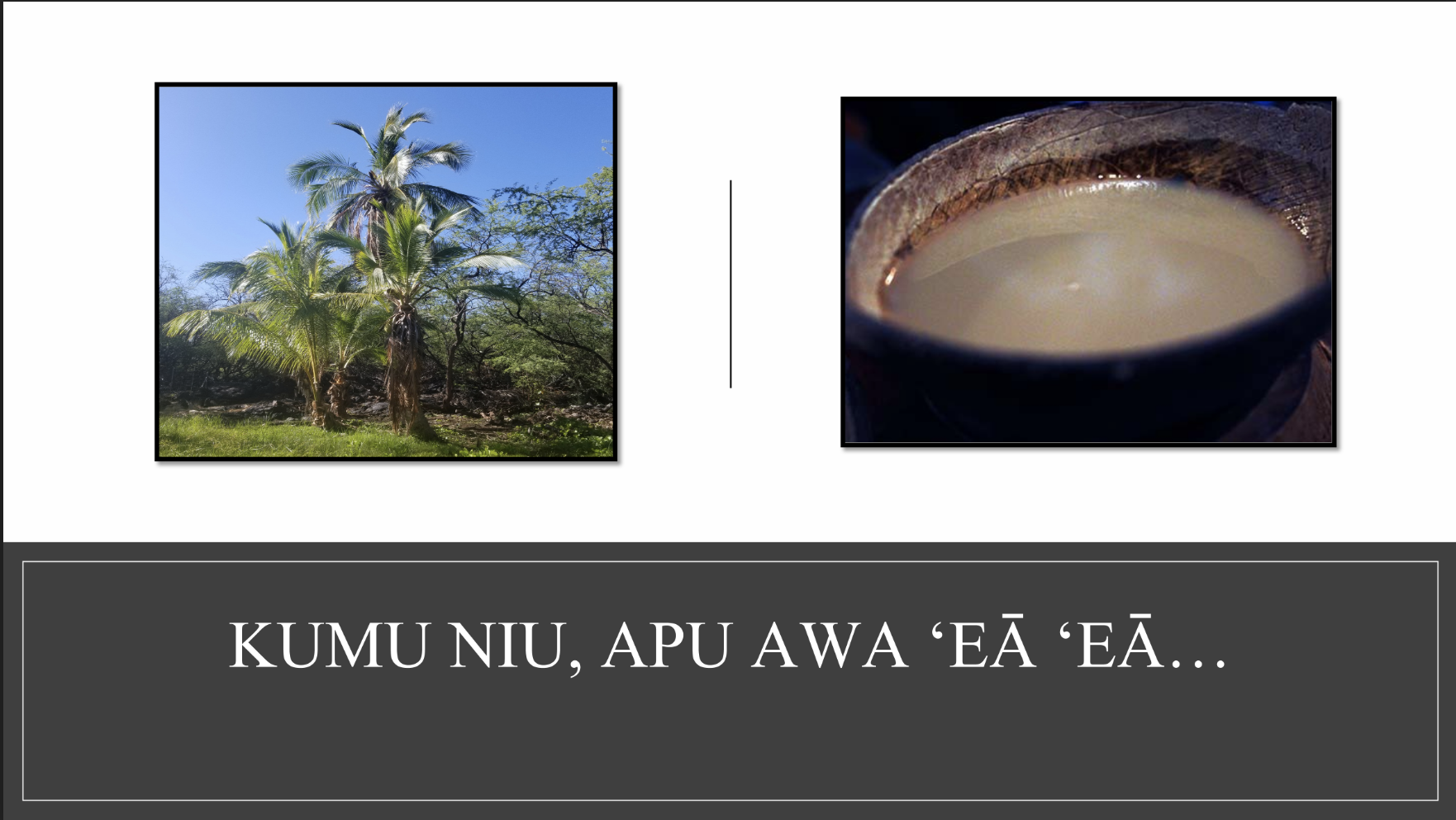



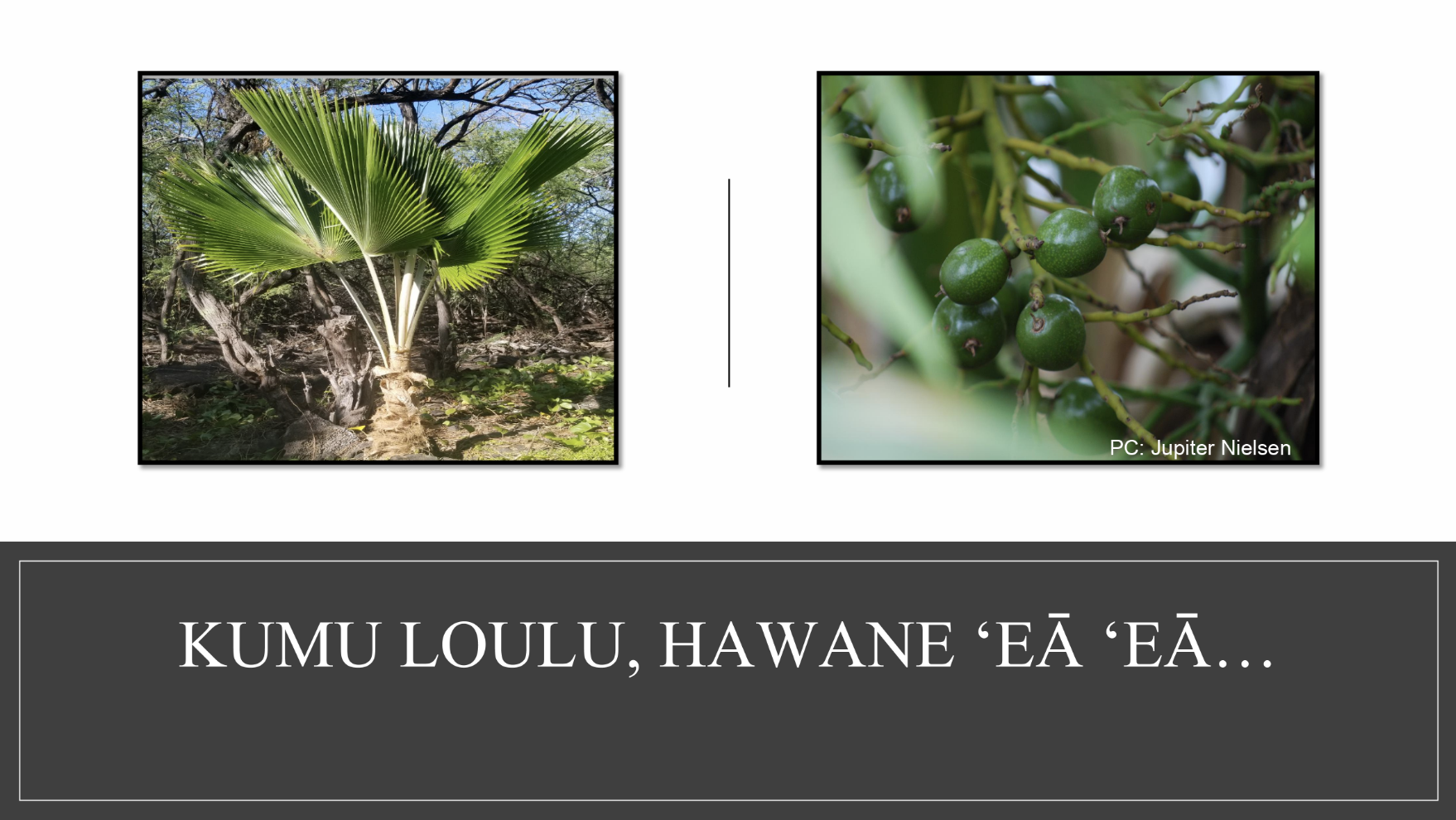


MAHALO NUI
Mahalo to everyone who came along to Kīholo with us. In this time of social distancing, and the partial closure of Kīholo State Park Reserve, it is a privilege to share the continued vibrancy of Kīholo with you in safe and responsible ways.
KU`ULEI KEAKEALANI
Educator, cultural practitioner, poet, storyteller, activist, and our Cultural Director at Hui Aloha Kīholo, Ku`ulei wears many hats, but wears them all with a strong sense of the history of her ancestors and the responsibility we have to perpetuate Hawaiian culture for future generations.
LEIGHTON HIND
As part of our Hoa ʻĀina team, Leighton monitors and protects natural and cultural resources at Kīholo. Hoa ʻĀina, or “friends of the land", are on the ground, seven days a week, maintaining trails, monitoring conservation projects, and educating visitors to the reserve. Leighton also has a personal connection to Kīholo through his family who are descendants of those who lived at Kīholo.
ANALU HANANO
Analu is also a Hoa ʻĀina, who works with our partners to perpetuate natural resource conservation and a community of stewards at Kīholo. He is an alumnus of the Pacific Internship Programs for Exploring Science (PIPES), an undergraduate internship program housed within the Office of Research & Community Partnerships at the University of Hawaiʻi at Hilo. His project focused on population dynamics of shrimp and damselflies in anchialine pool ecosystems.








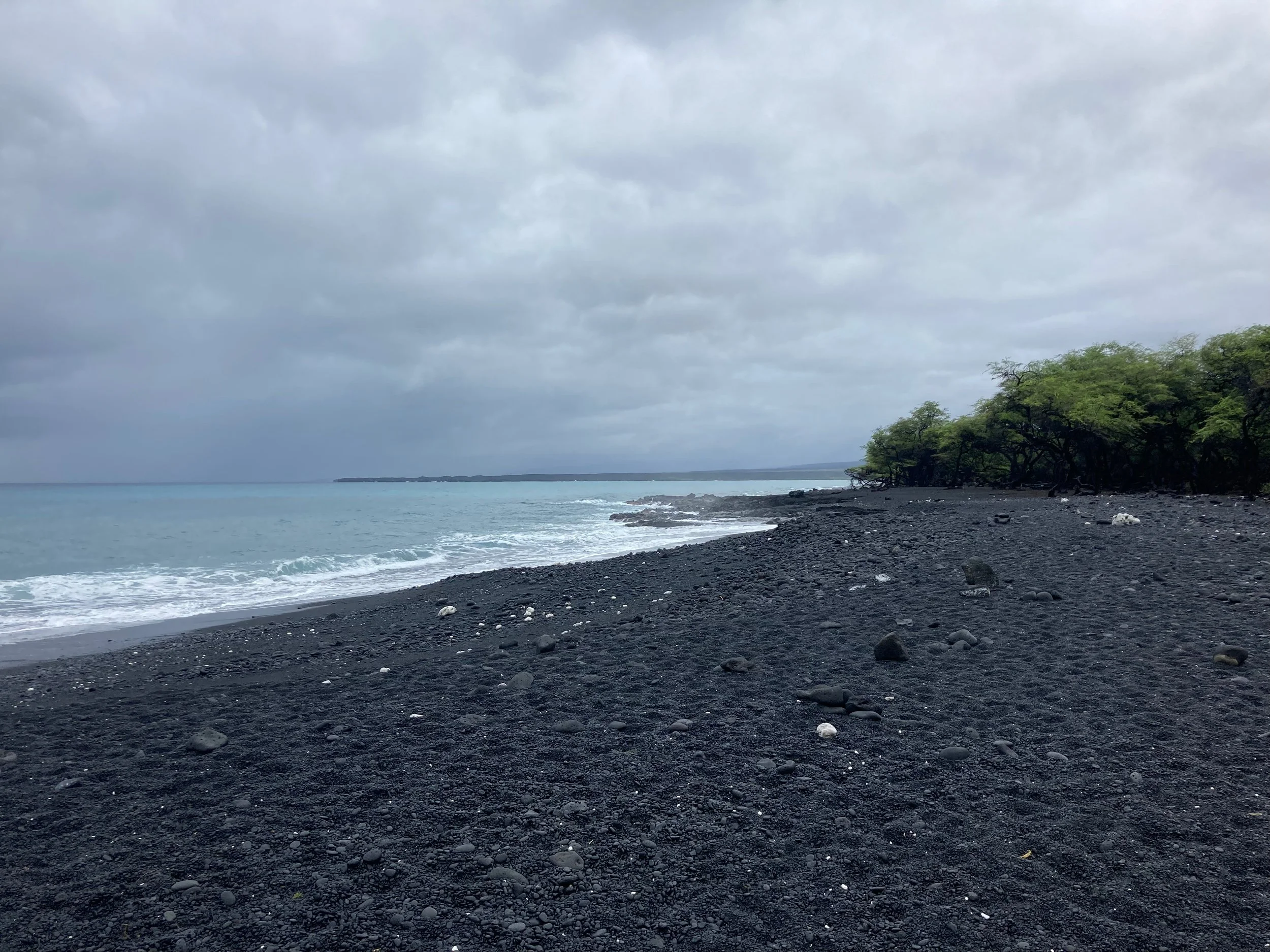
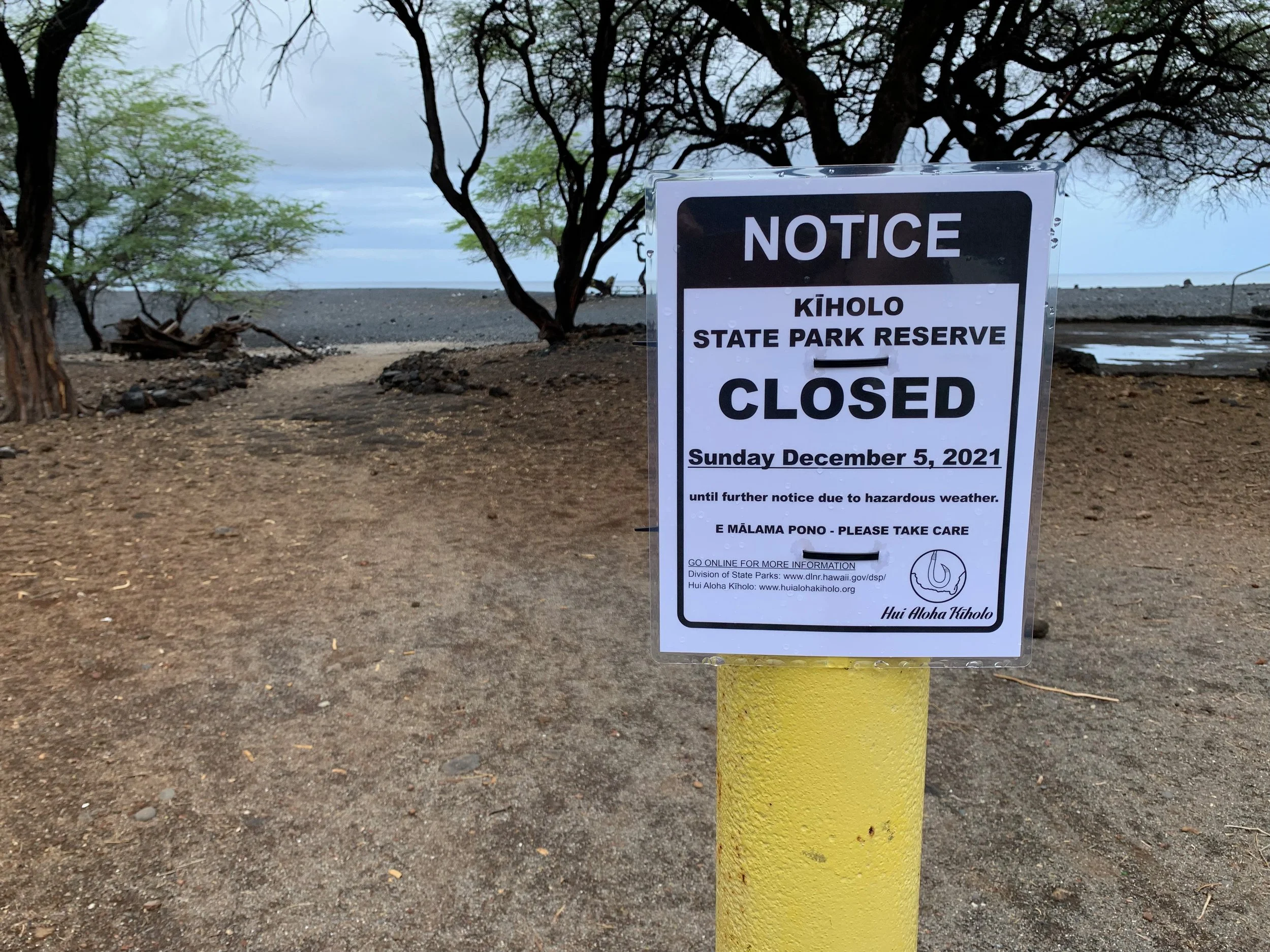


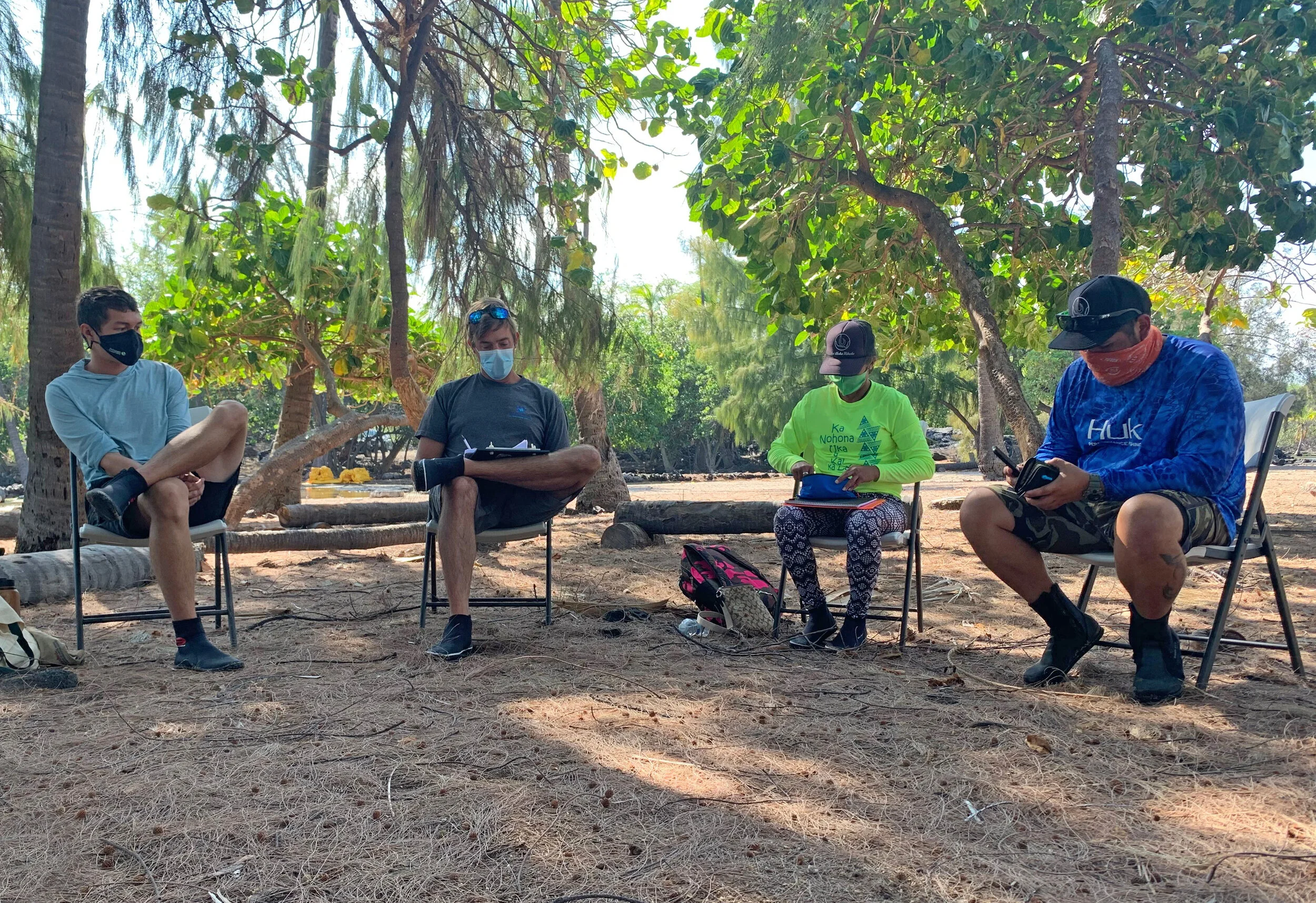

Camping at the Kīholo State Park Reserve will be closed starting September 24, 2021 until further notice due to COVID-19 guidelines set by the State and/or County.